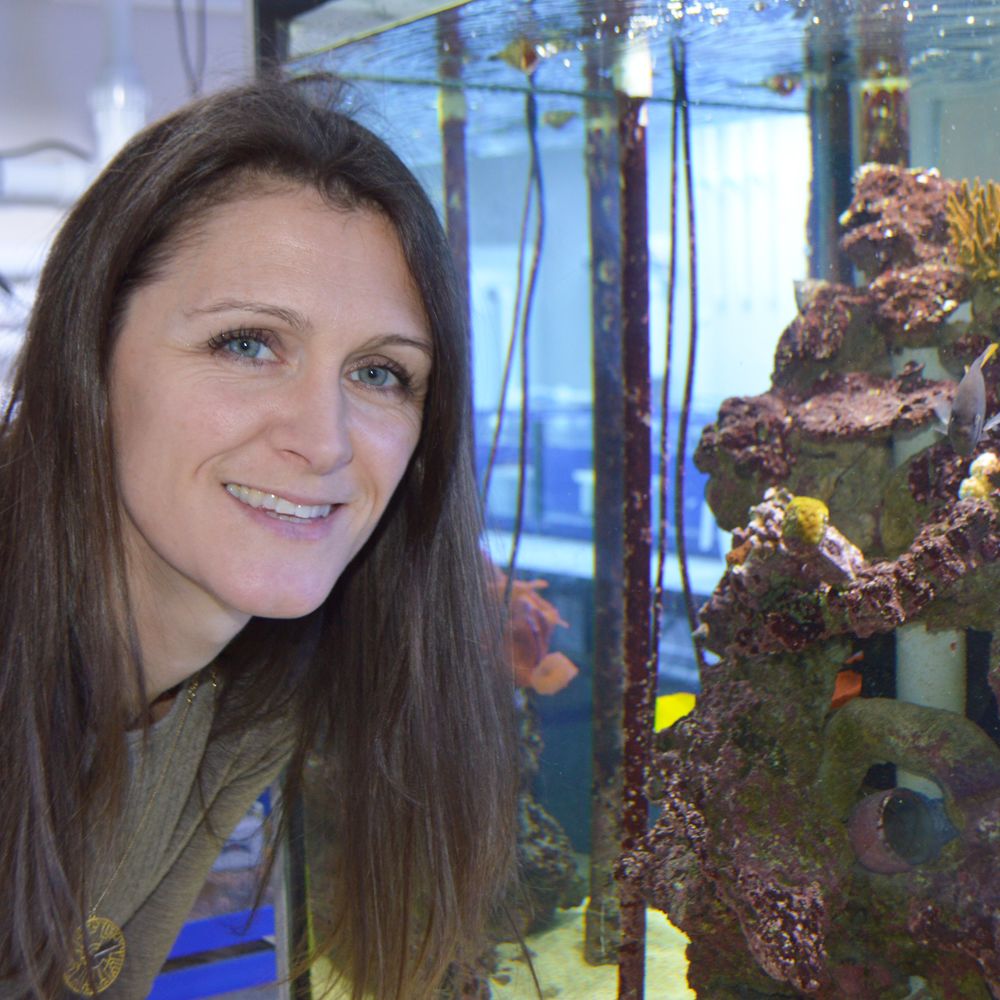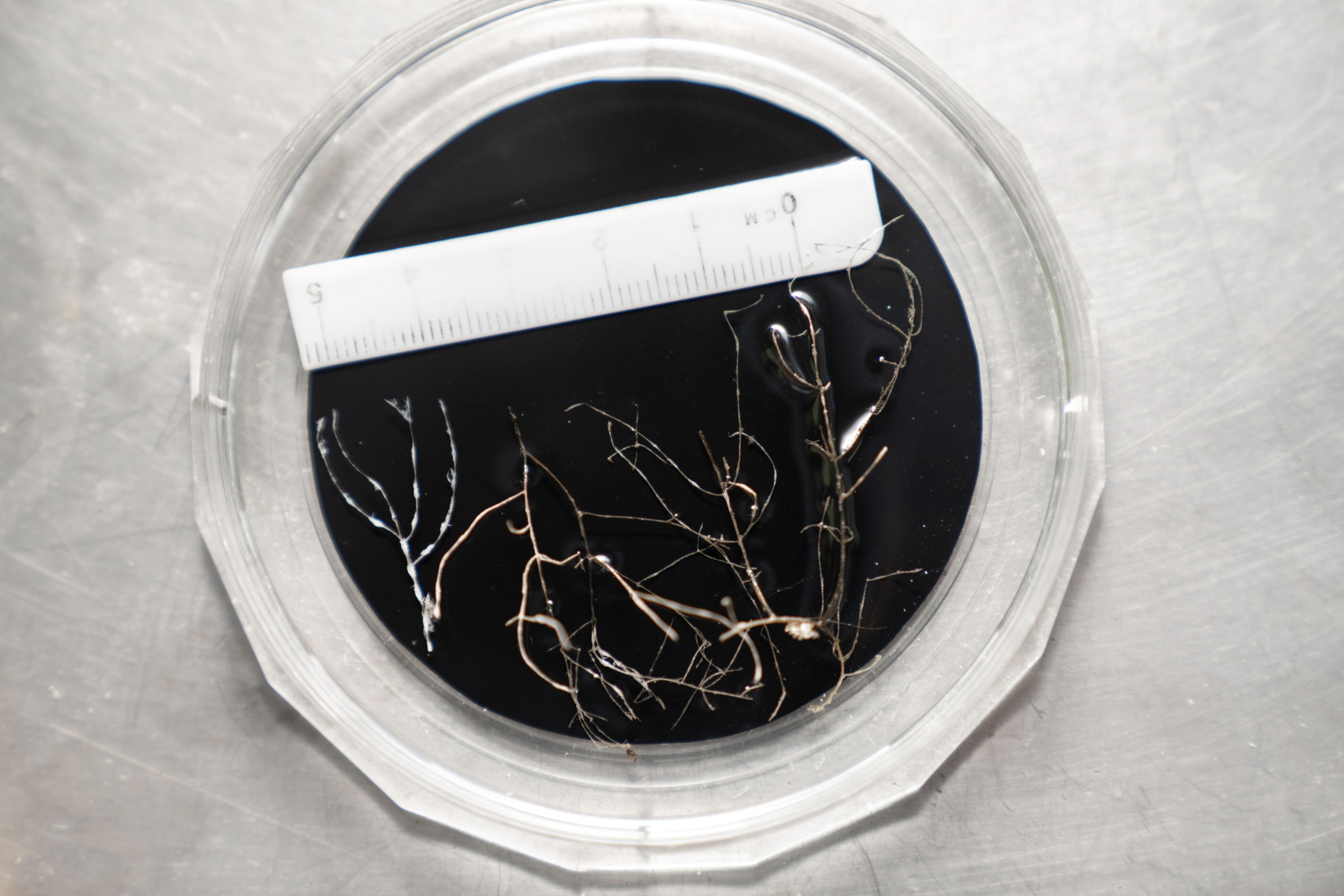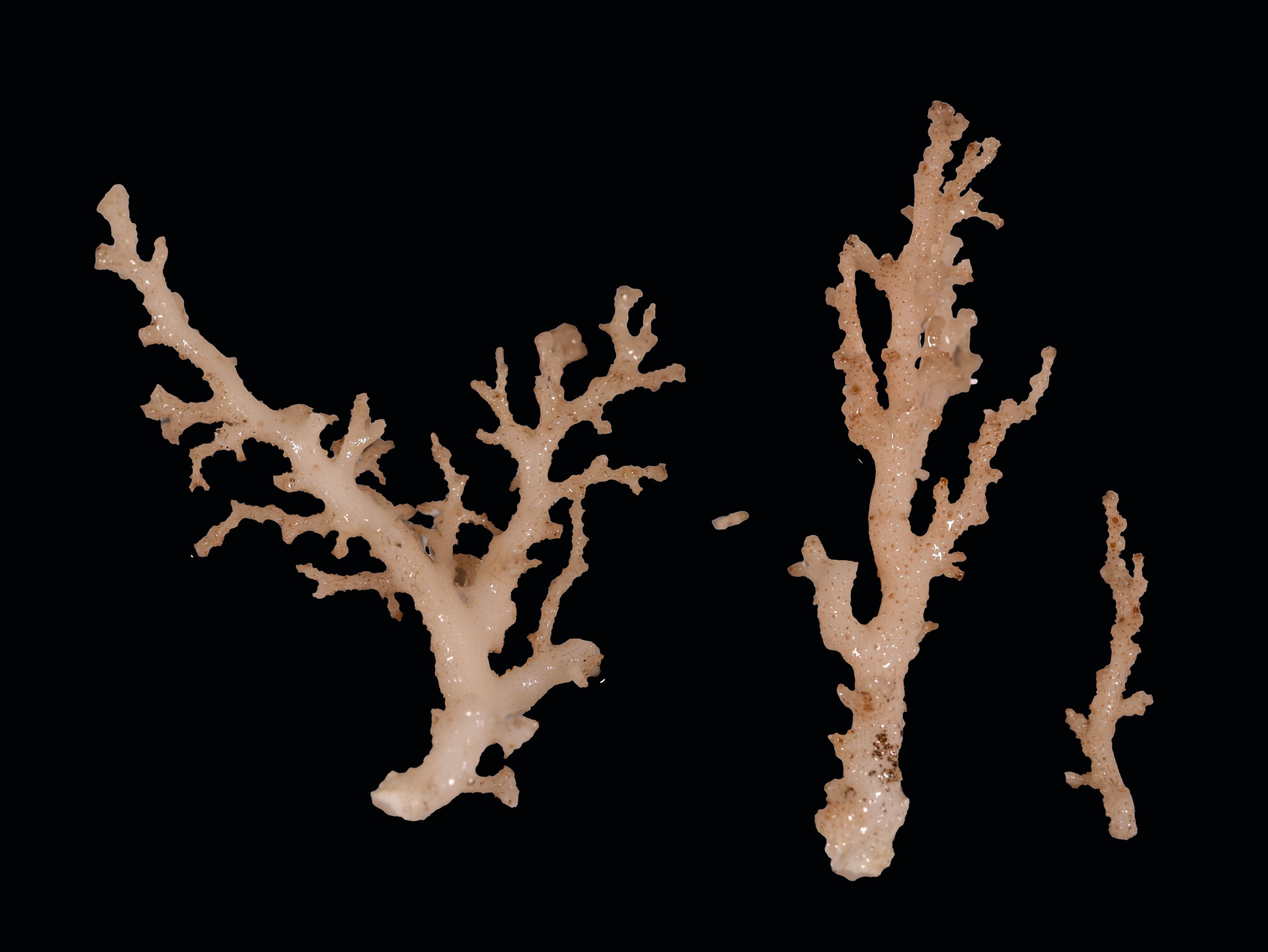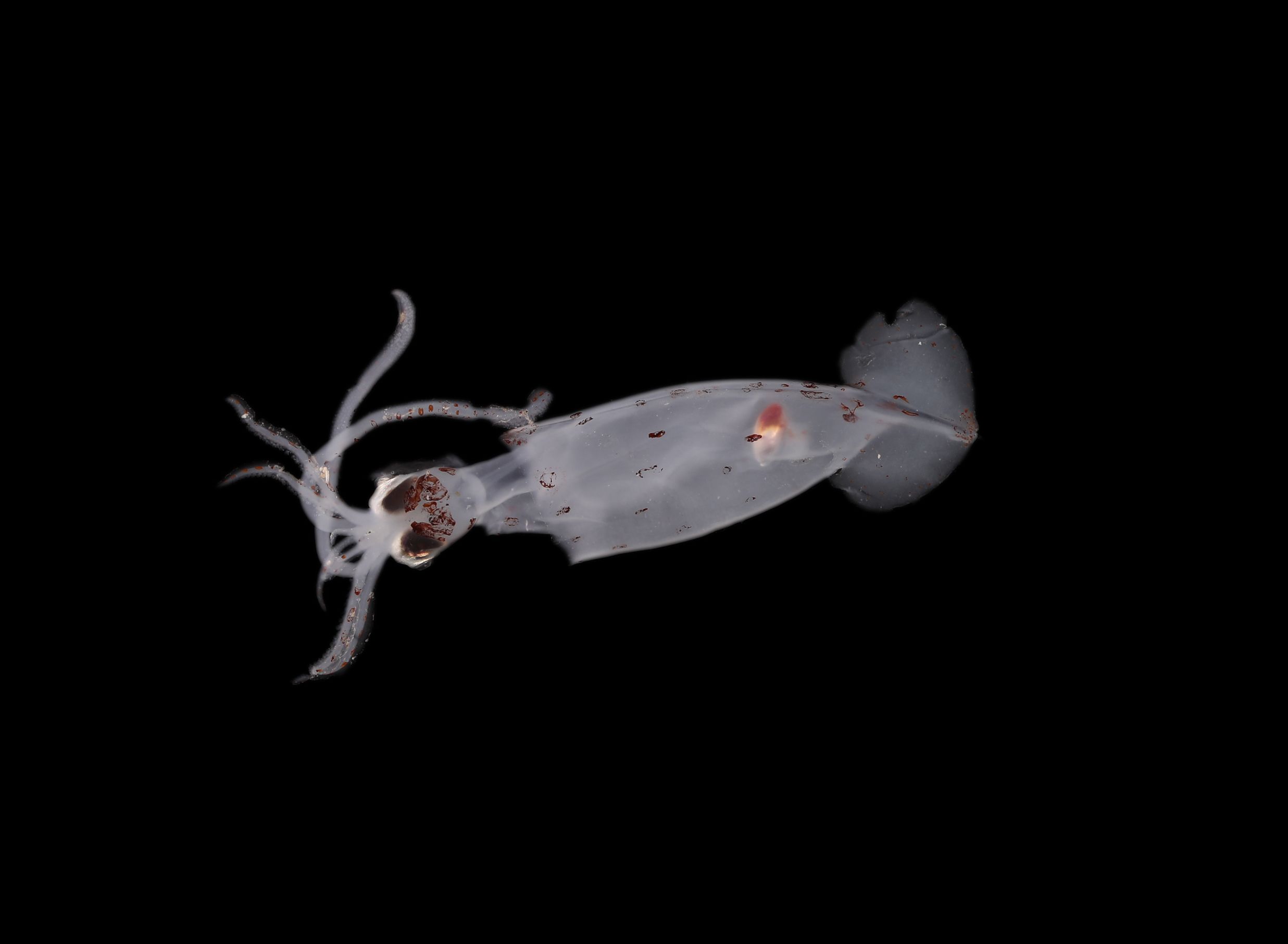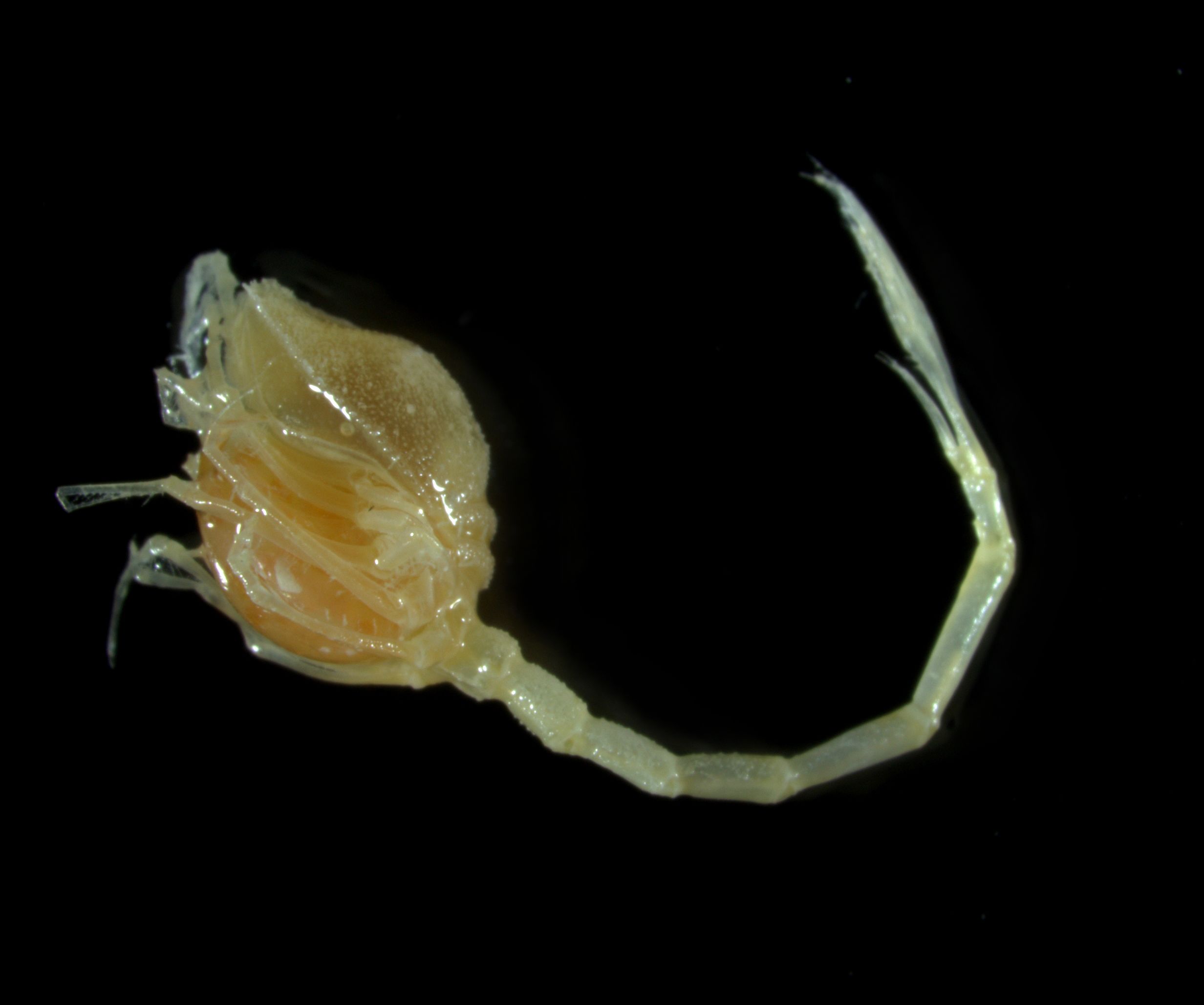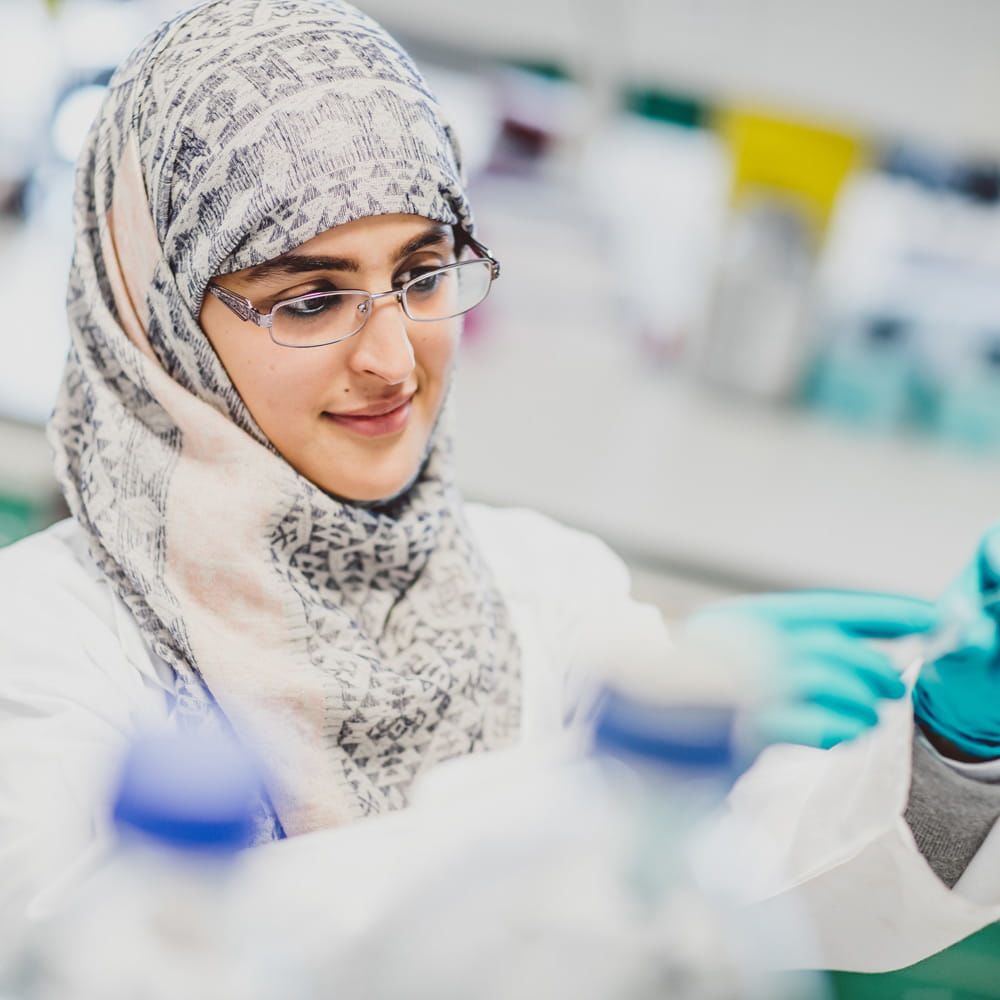Saving our oceans
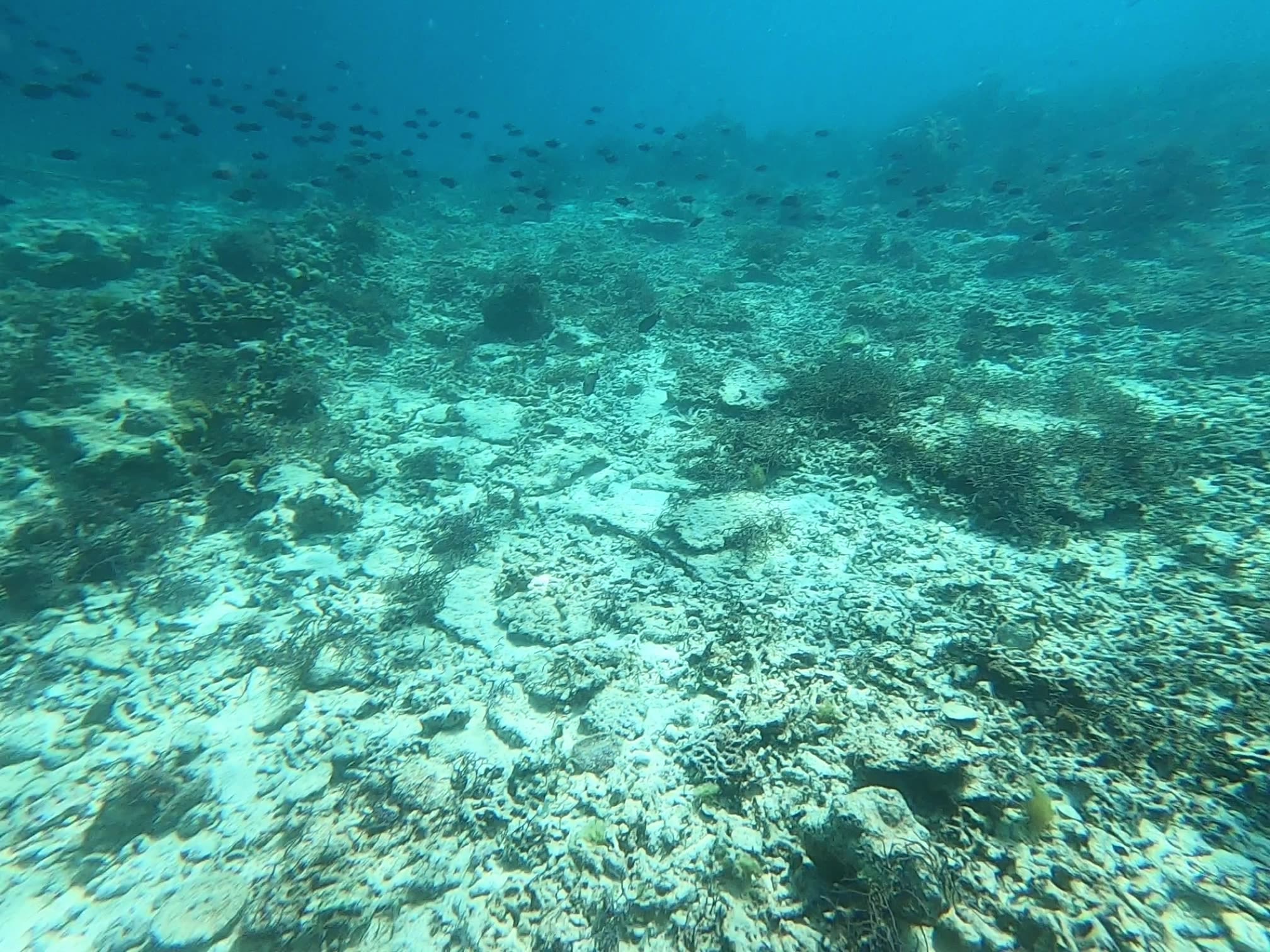
Around the globe, our oceans are at risk due to existential threats of climate change, pollution and overfishing.
From far-flung locations like the Galápagos to home habitats like the Clacton coast, scientists are on the frontline of the fight for the future.
Through the pioneering work of the School of Life Sciences, we will ensure this vital resource survives for the next generations.

World-leading discoveries
The once-in-a-generation discovery of pristine, undisturbed deep-sea coral reefs in Galápagos Marine Reserve means researchers can now draw upon a “living laboratory” for deep sea climate for centuries to come.
Dr Michelle Taylor, from the School of Life Sciences, and Dr Stuart Banks, from the Charles Darwin Foundation, were the first scientists to see these extensive, ancient reefs within the Galápagos Marine Reserve in a submersible – labelling the pristine site “a canary in the mine for other reefs globally”.
Believed to be thousands of years old, the reefs are teeming with life – with pink octopus, batfish, squat lobsters and an array of deep-sea fish, sharks and rays all seen.
Coral skeletons were collected and will allow researchers to peer back potentially 100,000 years to monitor the impact of climate change.
Because the reefs are so pristine – with no sign of human impact – it unlocks a new baseline to study the warming oceans.
The exciting find is the first to be documented inside the marine protected area since the reserve was established in 1998.

Before this ground-breaking mission in April 2023, the shallow Wellington Reef off the coast of Darwin Island in the far north of the archipelago was thought to be among the few structural coral reefs in the Galápagos Islands to have survived the 1982-83 El Niño event.
The discovery shows sheltered deep-water coral communities have likely persisted for millennia, supporting rich, diverse, and potentially unique marine communities.
Ecuador plans to establish new marine protected area corridors, which protect and recover rare, threatened, and important habitats and species from damage caused by human activities, and this discovery will aid these efforts as a cornerstone in that mission.
The Galápagos Deep 2023 expedition united scientists from across the world with Dr Taylor sharing the principal investigator role with Dr Daniel Fornari, from the Woods Hole Oceanographic Institution.
They worked with researchers from Boise State University, the Charles Darwin Foundation, the Galápagos National Park Directorate, the Instituto Oceanográfico de la Armada del Ecuador, Cardiff University, the University of Bristol and others on the trip.
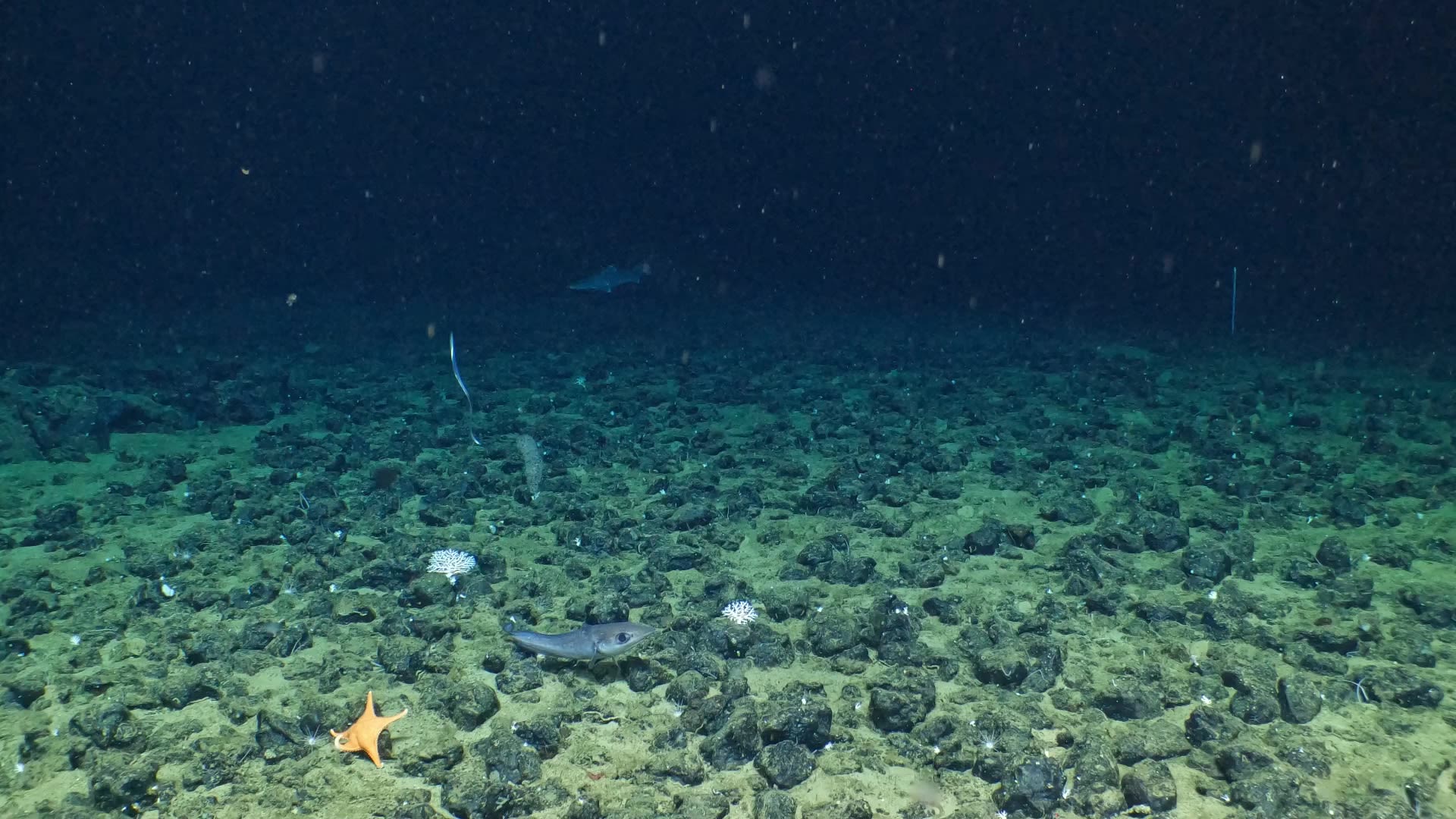
"These newly discovered reefs are potentially of global significance – a canary in the mine for other reefs globally – sites which we can monitor over time to see how pristine habitats evolve with our current climate crisis.”
Dr Michelle Taylor
Co-leader of the expedition
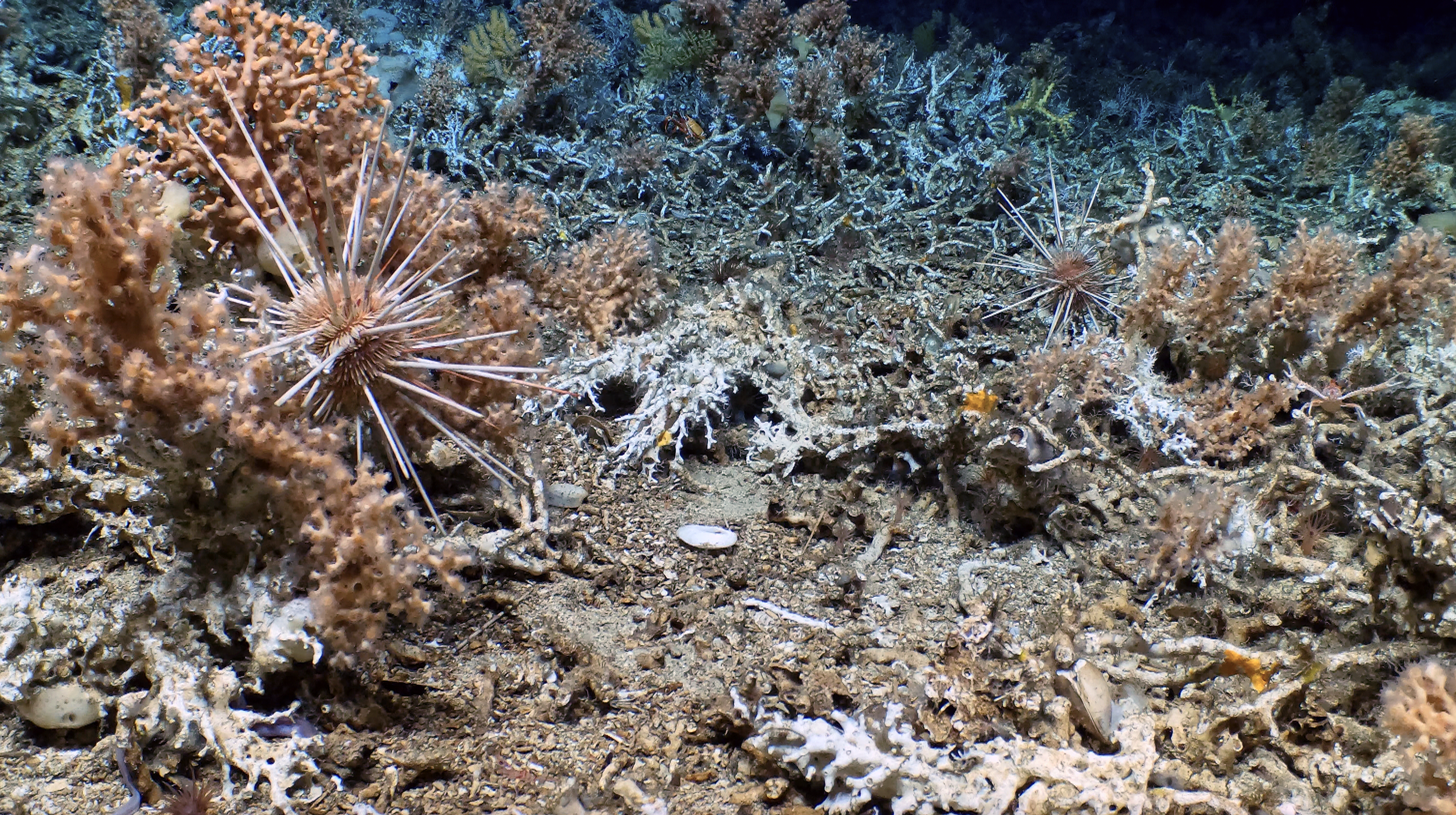

Saving the oyster
From the Galápagos to the Essex coast
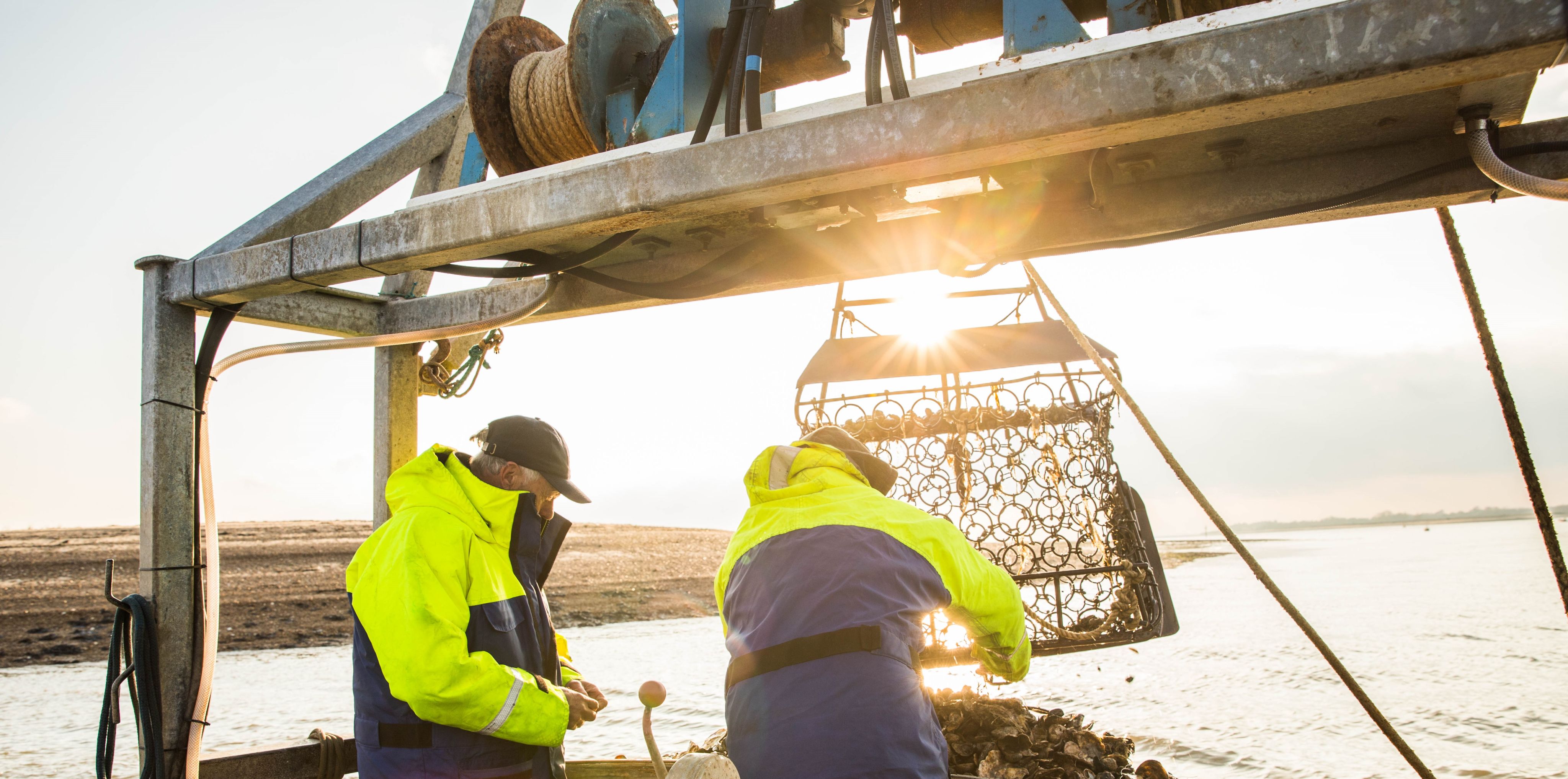
The European native oyster has been important culturally, economically, and environmentally since Roman times.
But its population has been decreasing since the 1800s.
Our research, led by experts like Professor Tom Cameron, showed that Essex is a key area for these oysters, which helped get the Blackwater, Crouch, Roach, and Colne estuaries designated as a Marine Conservation Zone in 2013.
We are now working to protect and increase the number of these native oysters.
Oyster farming has been happening in Mersea since Roman times, and oysters were a major part of British diets.
However, the population of the European native flat oyster has dropped by 95% over the past 200 years due to overfishing, habitat loss, pollution, and disease.
We showed that the Essex estuaries are a key area for these oysters in the southern North Sea.
Our marine biologists, in collaboration with local oystermen and the Essex Wildlife Trust, assessed the distribution of these oysters.
This provided crucial evidence for the Department for Environment Food & Rural Affairs to establish the first Marine Conservation Zone (MCZ) for native oysters and their habitats in the Blackwater, Crouch, Roach, and Colne estuaries in 2013.
This designation means there is now a legal requirement to protect and restore the European native oyster population in Essex.
Our research is guiding best practices and shaping policies, like the Native Oyster Permit Byelaw, to ensure the sustainable management of these oysters and the area's conservation features.
Beyond oysters Essex Life Sciences researchers are investigating, advising and delivering restoration of a range of coastal habitats from seagrasses, saltmarshes and seascapes.
Photo of Professor Tom Cameron
Copyright Springer Nature

Uncovering the unknown

A University of Essex scientist helped discover around 100 new and potentially new ocean species on an expedition to New Zealand.
The three-week voyage on New Zealand's National Institute of Water and Atmospheric Research (NIWA) vessel Tangaroa was the first flagship Southern Hemisphere expedition for Ocean Census, a global alliance to accelerate the discovery and protection of life in the ocean founded by The Nippon Foundation and UK ocean exploration foundation Nekton.
The team of scientists from NIWA and Te Papa in New Zealand collaborated with experts from the UK and Australia to collect almost 1800 samples from as deep as 4,800 metres underwater along the 800-kilometre-long Bounty Trough.
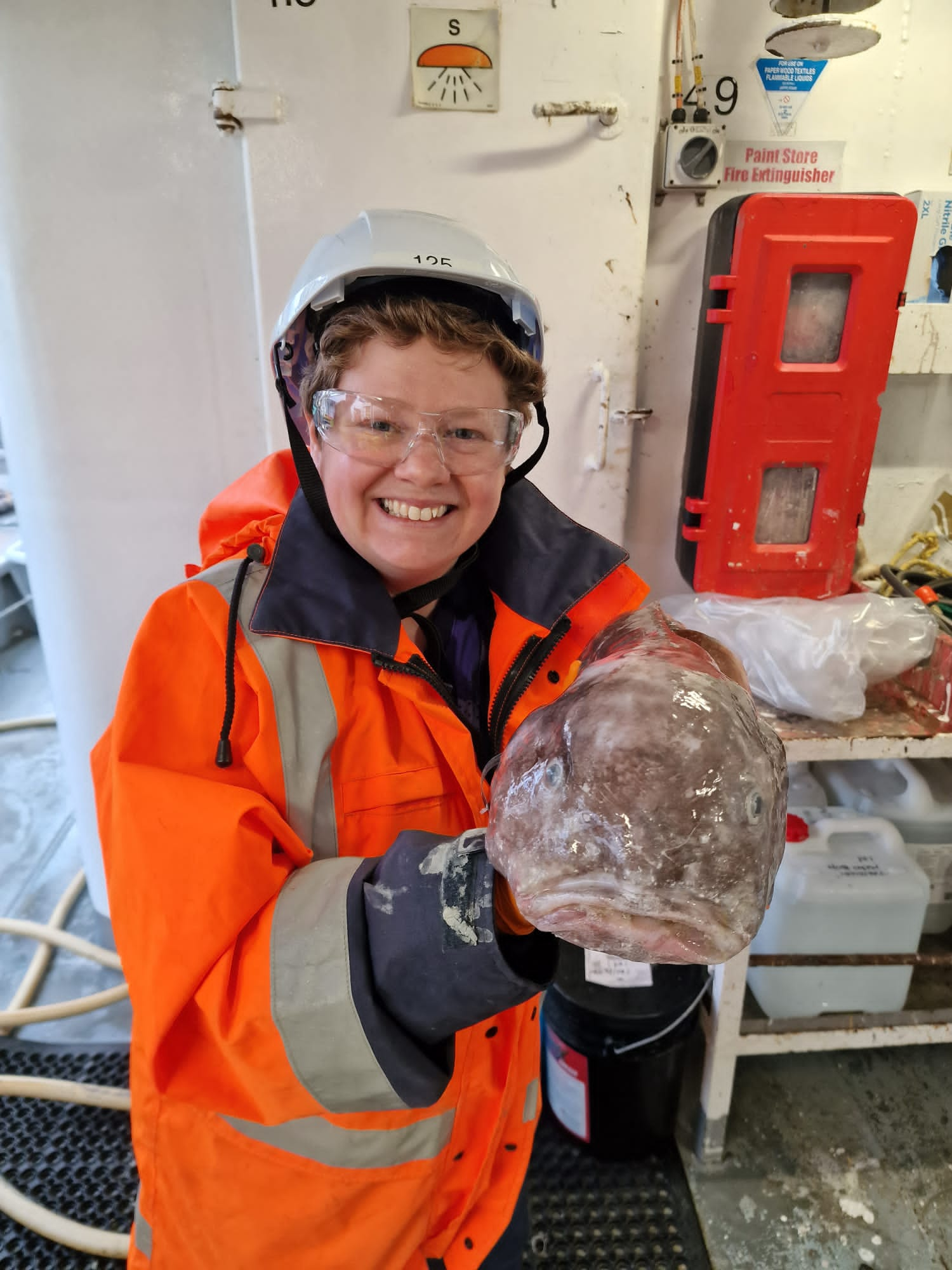
Dr Jessica Gordon said: “We explored unmapped areas of the seafloor down to 5,000 metres and discovered over 100 new species of deep-sea organisms.
“Overall, the three week long expedition and subsequent taxonomy workshop was an amazing experience, and I look forward to collaborating with Ocean Census in the future.
“I was honoured to join this ground-breaking expedition to the Bounty Trough in New Zealand with Ocean Census in collaboration with Te Papa Tongarewa Museum and NIWA alongside taxonomy experts from around the world.”
A global team of scientists is working to confirm the finds at taxonomic workshops at NIWA and the Museum of New Zealand Te Papa Tongarewa.
They are sorting and describing the specimens collected, so they can be added to the picture of Aotearoa New Zealand’s marine biodiversity.
New species identified so far include dozens of molluscs, three fish, a shrimp, a cephalopod and a new genera of coral.

Explore the finds
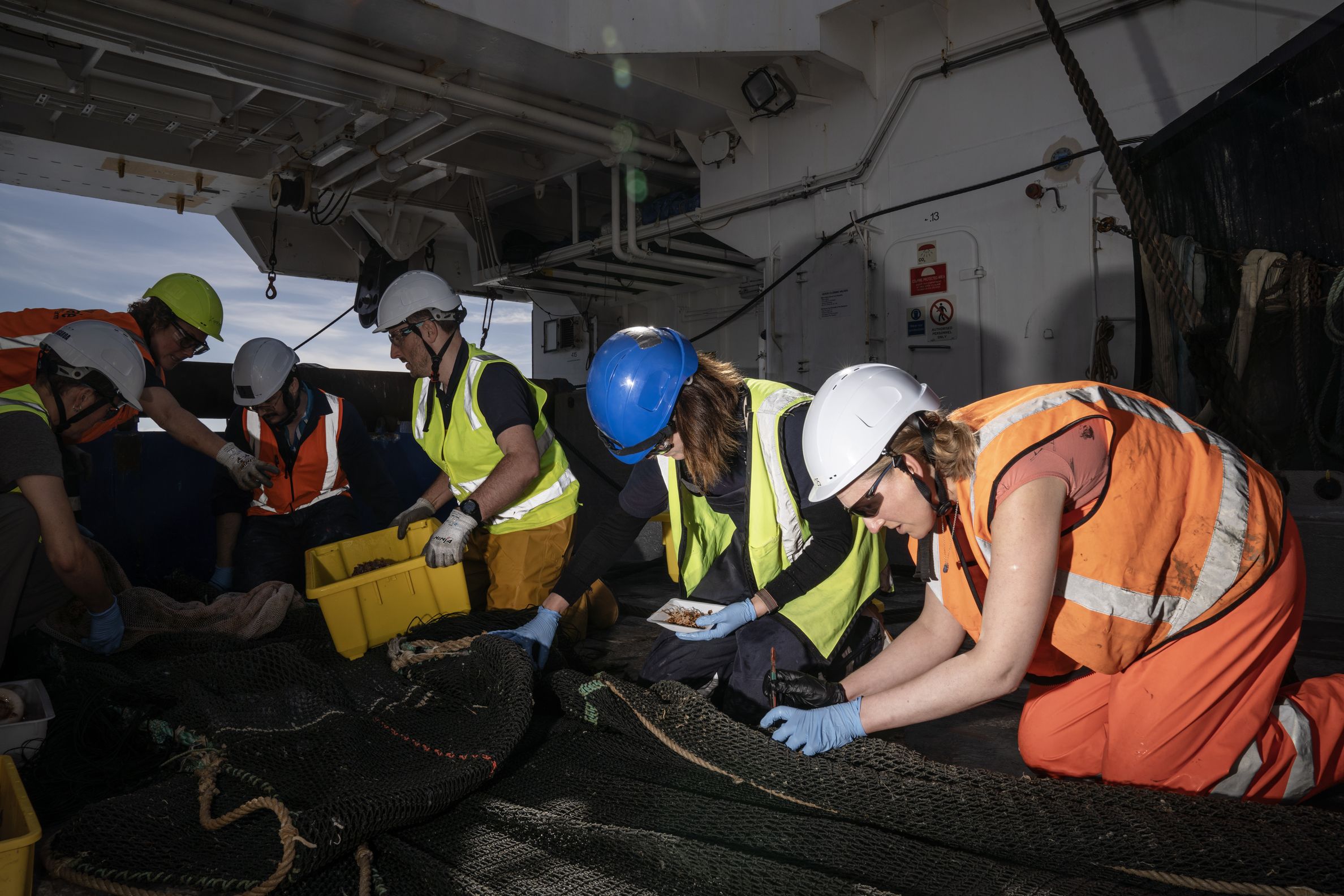

Find out more
Discover research degrees in the life sciences
Our School of Life Sciences provides a stimulating environment for research training and offers opportunities to take up postgraduate studies through Masters by Dissertation, MPhil and PhD research programmes.
Search our undergraduate options in the life sciences
From biomedical scientists who help diagnose disease, to marine biologists who see first-hand the impact of climate change, a life sciences degree can set you up for a rewarding career in your field of interest.
Sixty Stories
We’re celebrating 60 years of making change happen. 60 years of boldness and bravery from our students past and present. 60 years of creating change.

